

"I thought of you and where you'd gone.
And the world spins madly on."
The Weepies, Lyrics from World Spins Madly On
To M.,
and all who have roamed
this world but do no longer
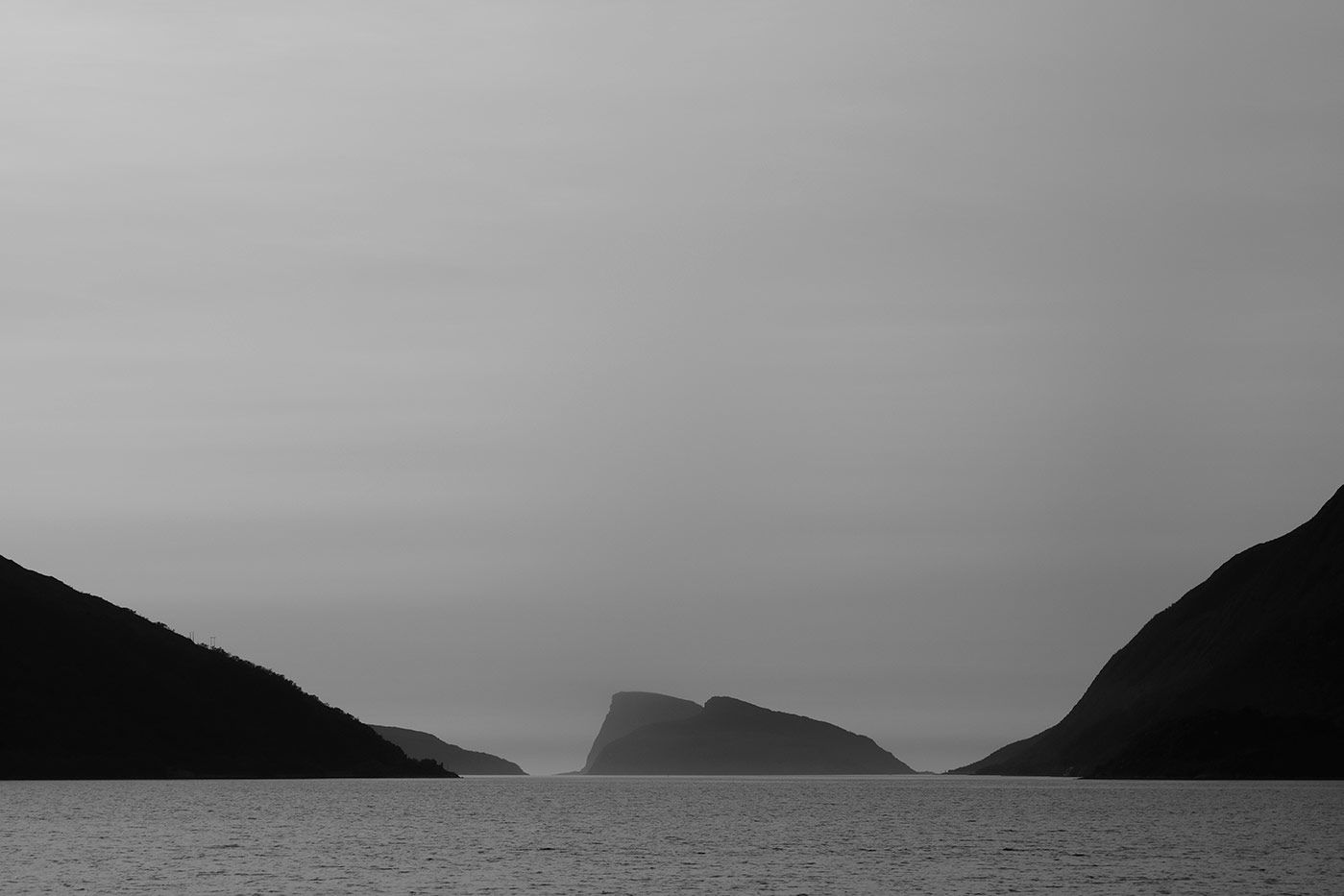
Something which fascinated me as a child was how the dance of reality before my eyes, in my life, was not the only one, it was not the only scene being played out in the world. My consciousness was not the sole one in existence, I was not alone in my observation and consciousness of reality. While I was at a location, its movement was not the only one happening, but it was woven into a delicate web of actions.
It is a realization that the fore role one has in one’s own life, is not a fore role in the fabric of the world; a fore role no one in the world ever carries solely, but are all intertwined in the most complex theatrical performance there is, not with characters, but with lives and conciousnesses.
It seemed incredible to me how it was possible for something to happen were I was, and, simultaneously as this event before my eyes were unfolding, something entirely different isolated from my being, yet perhaps to lead up to my experience, was happening somewhere else.
These effects on my life spawned from others did not merely occur, they had a history of their own. But they existed wholly out of my view, without my knowledge or awareness. Beyond my senses someone else lived their day while I lived mine. And this flow of time, from the moment I met a friend to the next time I met them, was not an idle time for them, but an animate one. No one was placed behind stage while I performed, no one was actually on a stage at all, the world was simply a swirl of time, of action, of our lives intertwining and then dividing, over and over again.
I tried to imagine what they were doing at a particular moment, and how if I called them their day would be affected by my existence and action. It was wondrous how the telephone somehow connected these two existences, independent before, and united them for a moment on a singular path.
It is a phenomenon so obvious, so clear and precise. Yet to a child, able to awaken such a wondrous feeling; such an abstract realization about the nature of reality. And this, perhaps not only to the child, but to humans throughout their lives. Merely that it is something we take so for granted and never dare spare a moment to contemplate, as often is with things that feel obvious or clear. We see every attempt to contemplate them, to approach them, even sneaking towards them, as a dwelling into the absurd, the obscene, the insane.
In essence, this phenomenon is that all one sees is not all there is. As simple as that — outside of one’s personal vision and senses, a world plays out its dance, its tale, its scenes; even what we are not watching is alive, not to ourselves, but to others.
The world is something that swirls with the dance of history and life, independent of one’s existence. And still the individual’s existence is fully intertwined with this dance. Every individual observes their own personal vision, sensing through their own senses, observing their own place in time and space. And they carry the ability to affect this dance they are a part of.
This, the photograph becomes a testament to — however misleading a photograph may be used. The photograph shows us that something is happening, or, rather, has happened, even whilst we were not watching.
Art and writing works much in the same way. They are tales about something we did not necessarily observe, see, or feel with our own senses. Just like the tales we hear spoken through the soft voices of mothers and fathers. They are tales beyond our direct view of reality. Yet they are not entirely alike to the photograph. They do not show something that so fully appears real as the photograph does, their medium is not such. They are not reflections of a world like the photograph, but of something channelled, spawned from it. The photograph is channelled through the camera, yes, through a lens, through the vision of a human being excluding and including elements, but it shows a faint part of reality, a fragment, that takes on the character of something real, something true before it faded in an instant. Alike to a sudden flash of light, a blink of an eye, a vision, displayed before one’s very own vision.
Art and writing are not dependant on the moment to create the moment their maker witnessed. They are made from memories and impressions. The photograph on the other hand is dependent on the moment, it becomes proof of a time and a space, perished in the next instant — a visual representation that something, somewhere existed or happened at a certain moment in time and space. It shows us that something was out of our view when we were not watching, that others were awake while we slept, that something was before we existed. And also, that suffering has a face, has light on it, and is not hidden in darkness whether we like it or not. This light we recall as our own, from our flaring sun, or from electricity humming through our walls.
Through the photograph, perhaps, we learn that the world did not seize its dance while we were gone or looked the other way. It danced on with all its beauty, its horror, its suffering, its grace, and its compassion.
Perhaps this sense of movement instils both a serenity and a despair in us: The world spun before us, and will spin after us. We will not be here to see it, we will not observe it. Our gaze will merely exist through our seemingly real eyes “captured” in the photograph. But with these eyes we do not see, others merely see us, see our preserved soul.
There is both grace and despair in this; in this sense of movement. Our children, if we have any, will live on without us, but we will never see them grow. We will have perished, but as those in the photographs from earlier times we appear to regard the world while we do not. Their and our eyes linger stilled with the seemingly metaphysical existence of empathy and compassion we so yearn for in eyes, in their complexions of colour. And still, despite this fleeting life we can rest assured, for we know, that a reflection was once preserved of how light glared off ours’ or their bodies. It is proof that someone once was, that something, out of our view, once existed, that a life did in fact live. That the life we think once rested beside us in our bed, was not a mere illusion as our fleeting memory may whisper to us. We are instilled with the knowledge that they were as alive as we feel now, through the photograph. Yet the sadness falls over us with the knowledge that the throbbing life is gone, and that only a lingering frame remains.
With this meditation in mind, I wish you to contemplate the following photographs. Please observe them from this lens of a fragmented world I have described. A world with its happenings swirling in a dance and a theatre: colliding, interacting, and then dispersing.
I wish you to keep in mind the preservations of the photograph, what it rescues from forgetfulness, what it carries — and how what is in it carries such a fleeting quality. It is a world outside your vision, yet you know through the photograph that at one point it existed.
Please try to think back to the specific moments these photographs were taken, all during the summer of this year 2018. All times are in Central European Time. In what space and action did you reside? What were you contemplating? I wish you to imagine all the things that was happening simultaneously; all the emotions throbbing through people’s bodies; of sadness, hope, joy, pleasure, pain, and love and lust. Imagine all the children losing their mothers and fathers, the friends losing friends; all the lovers embracing, all the mothers giving birth; the horrors and the joys, and the wonders being made. The “small” things: a bird taking flight, a butterfly opening its wings after rest, a plant humming silently with growth.
These photographs are fragments of seconds, of hours, of days. They are spaces observed in moments during which endless of other views were available to the eye, to experience and so to save. But the camera “blocked” one certain view, one angle of reflected light, and captured it on its sensor before the view perished. For a brief moment as the mirror flicked up in my camera, and my vision went black, and the camera made the exposure, this view, this moment, presented itself to the camera. It was hidden from a human being’s loving gaze, but was made for human beings throughout time now to be able to observe, and to know that something exists even while we are not watching, even while it is hidden in darkness.
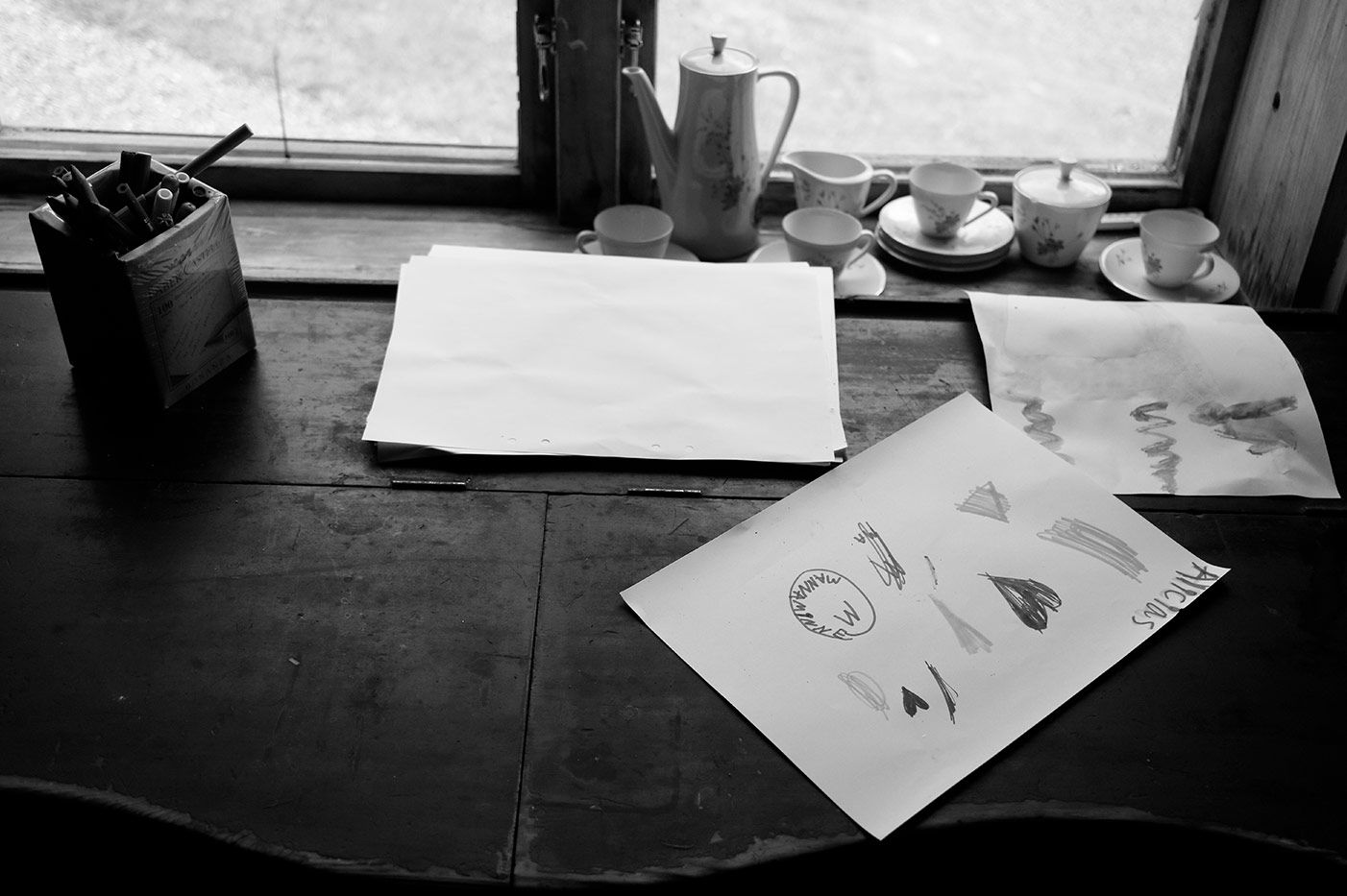
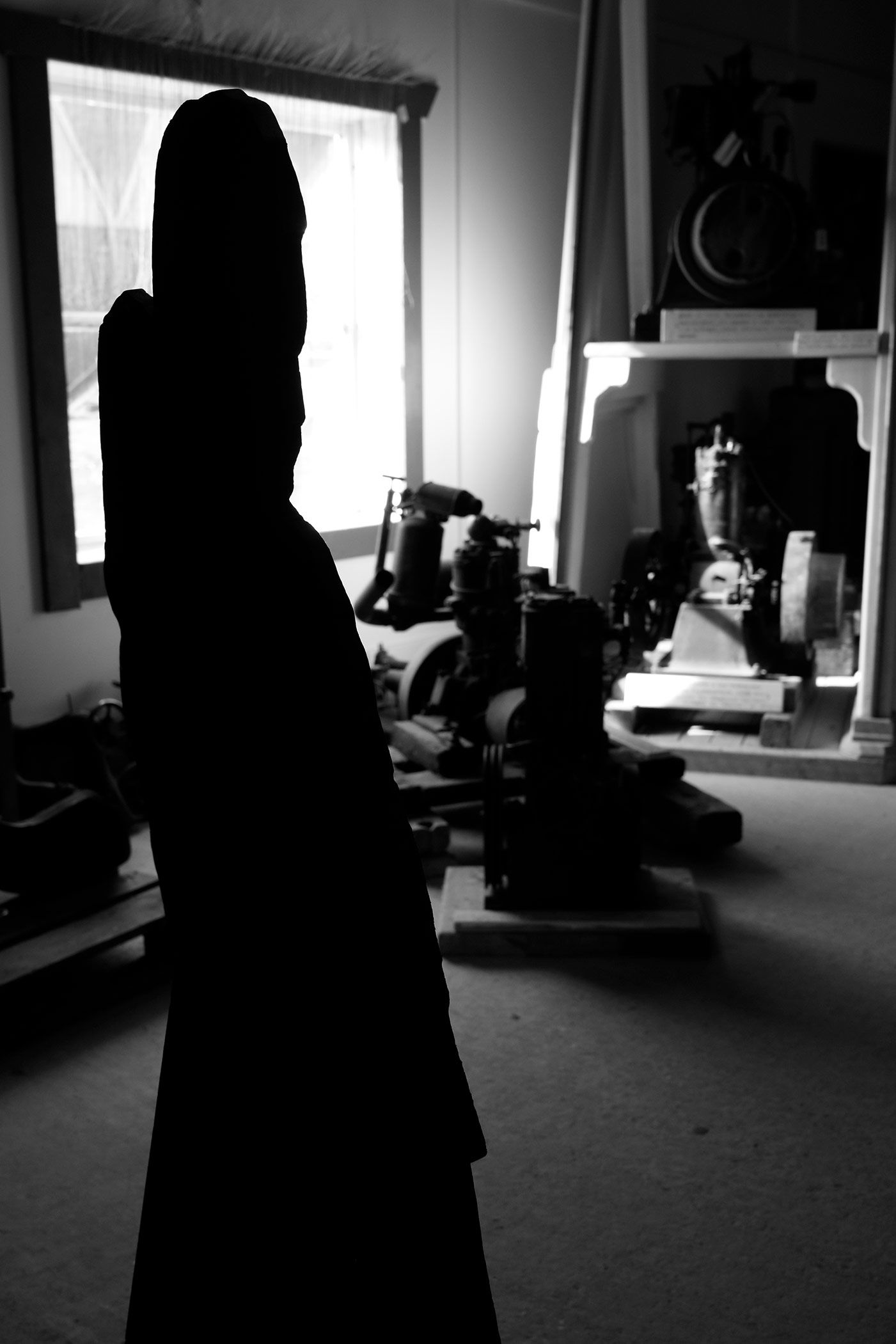
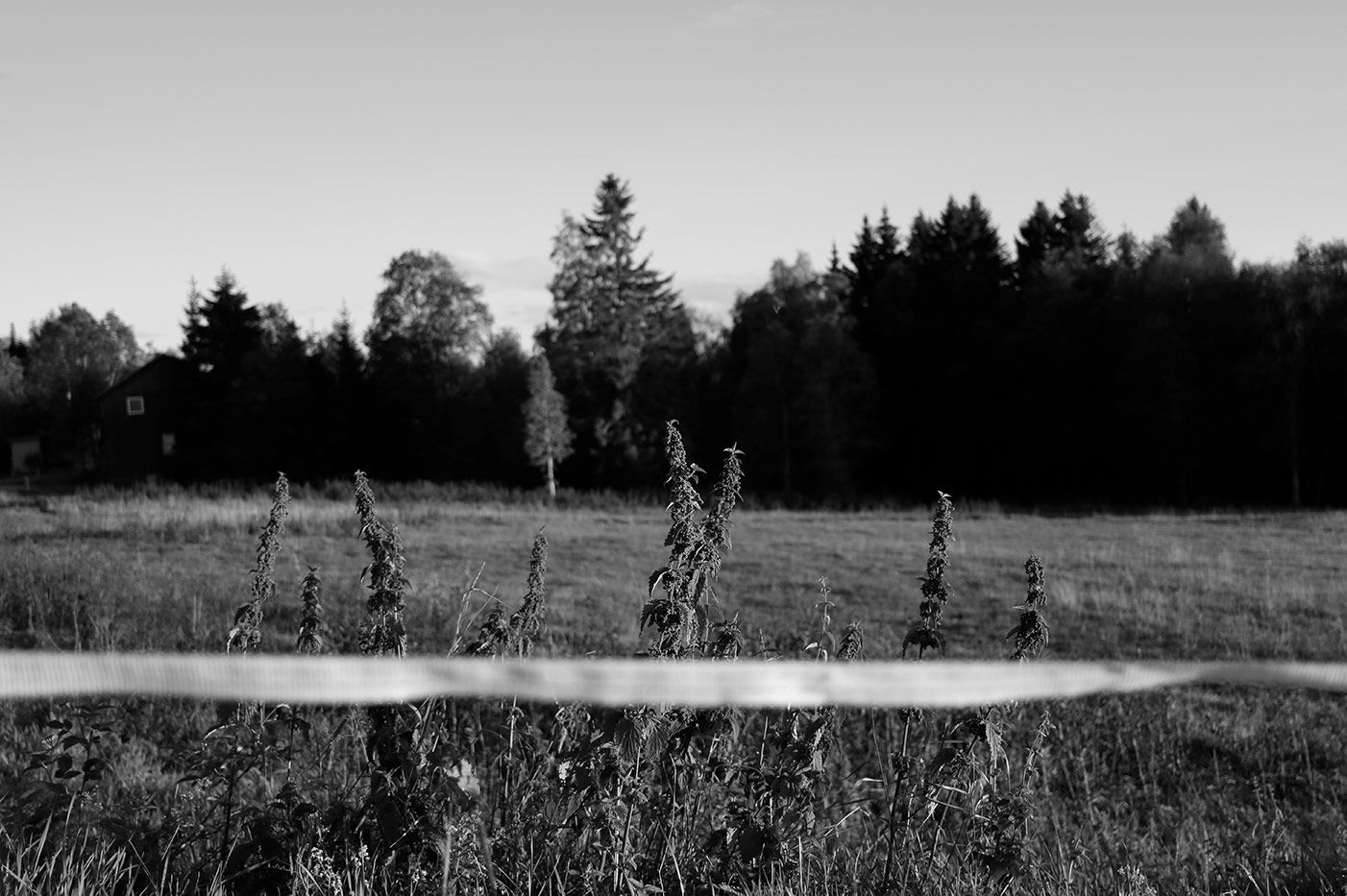
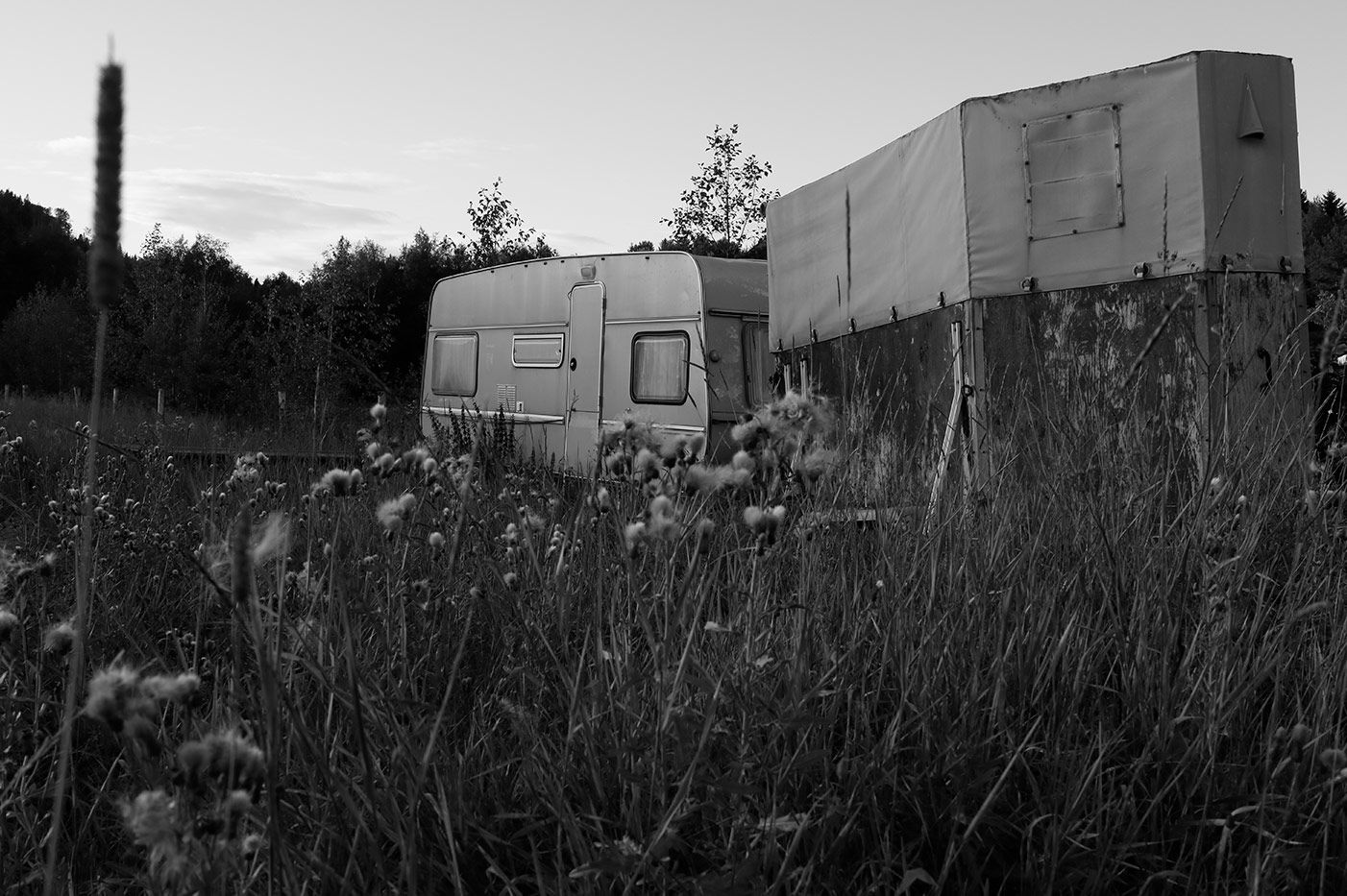
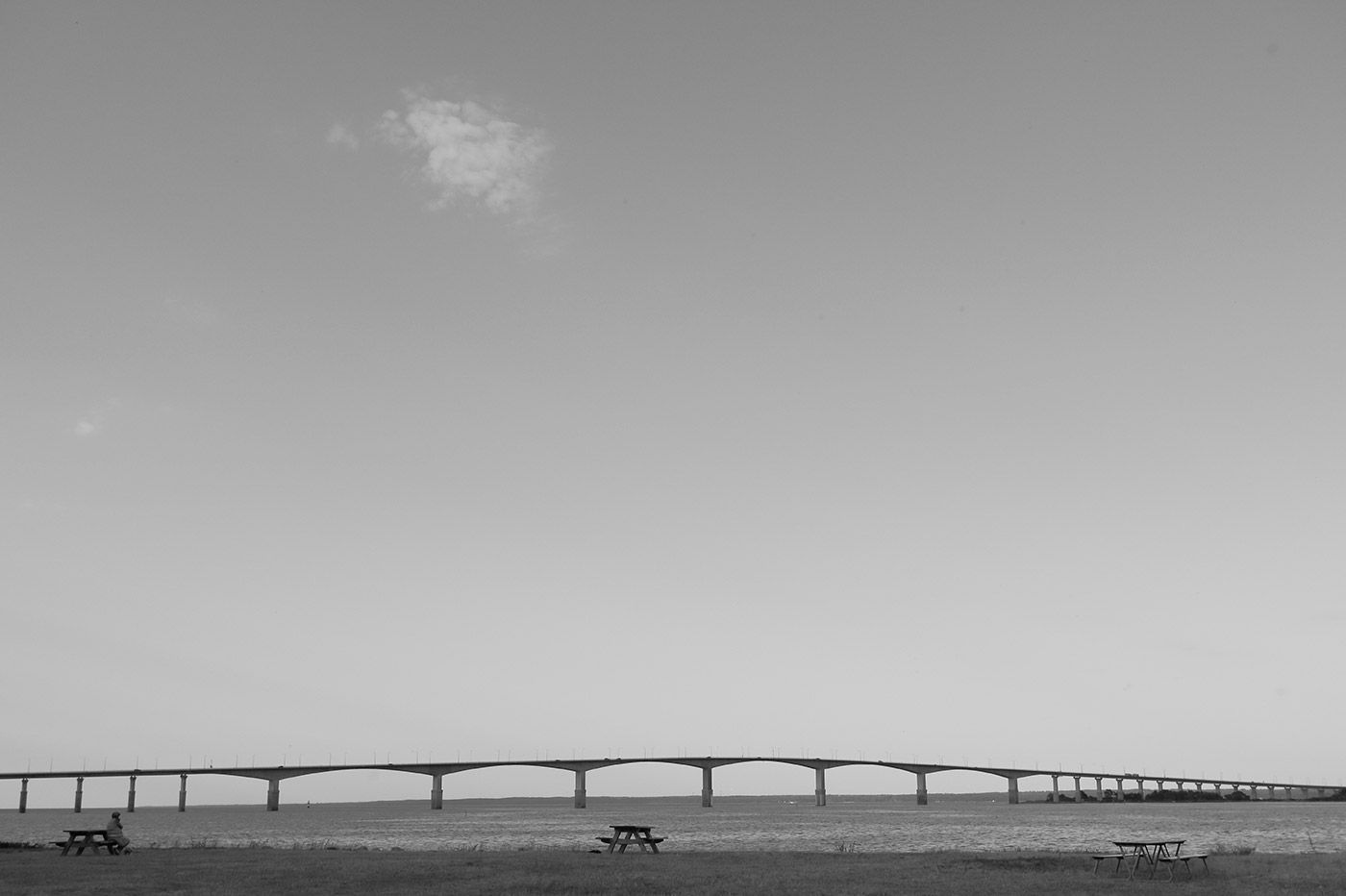
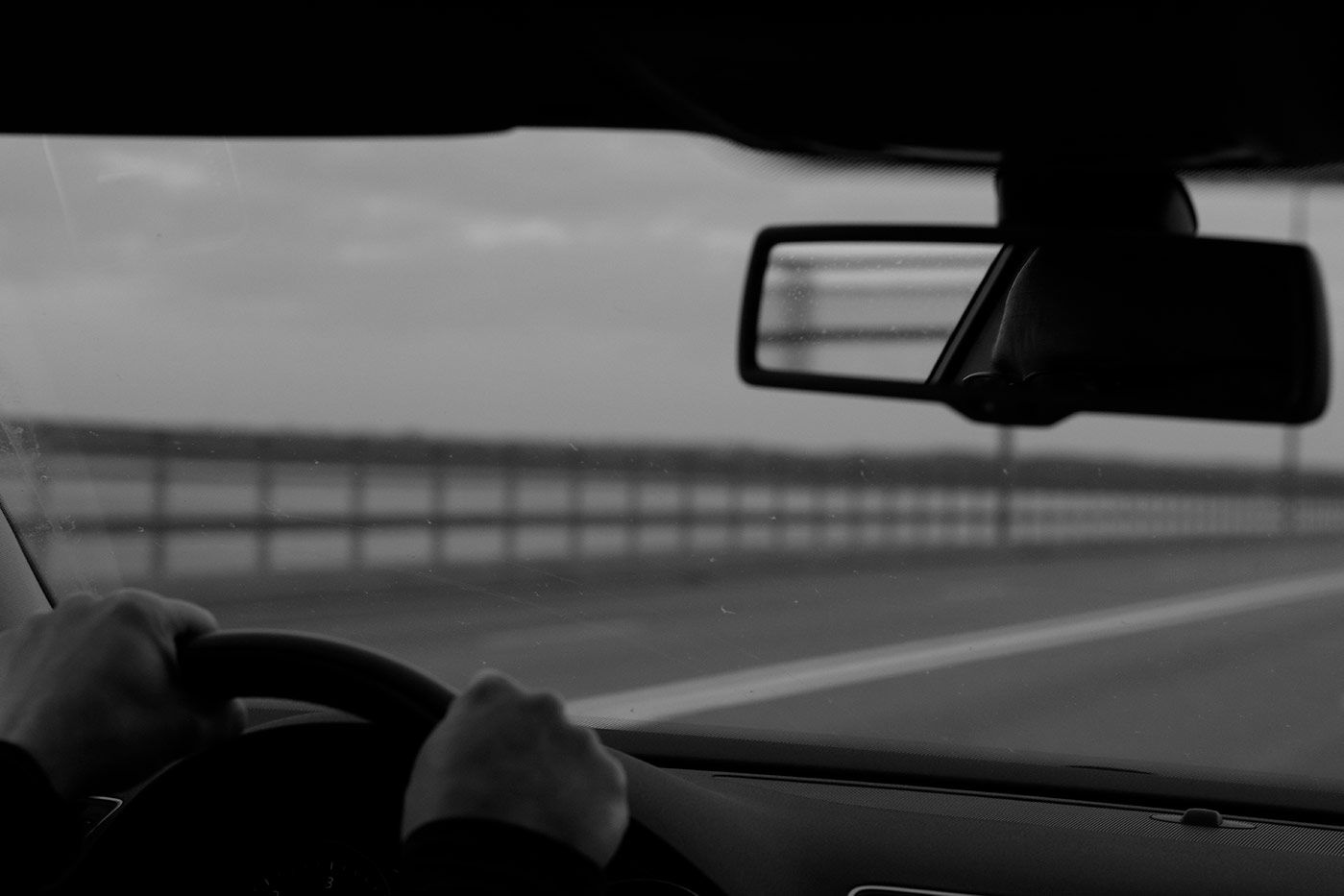
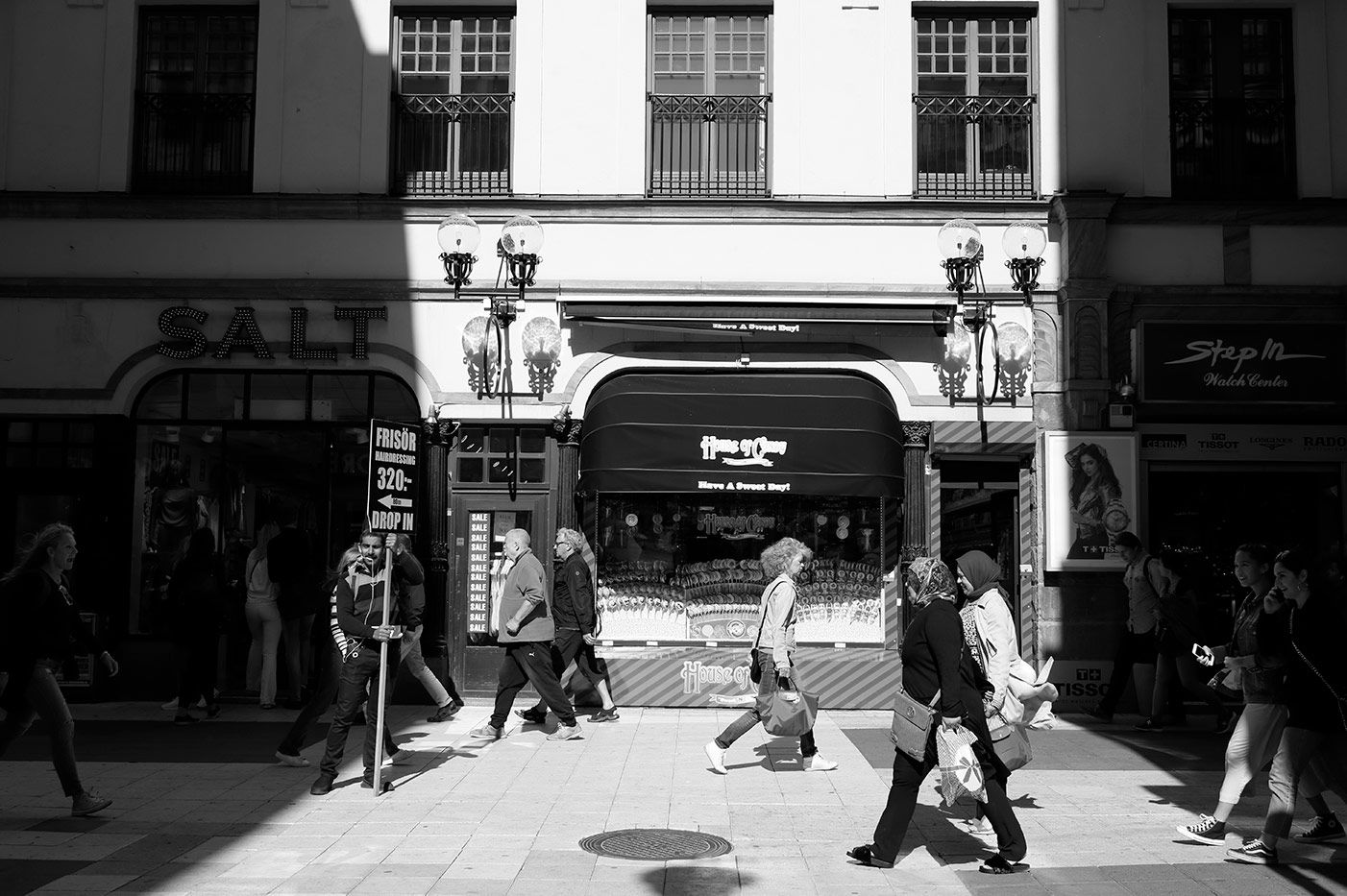
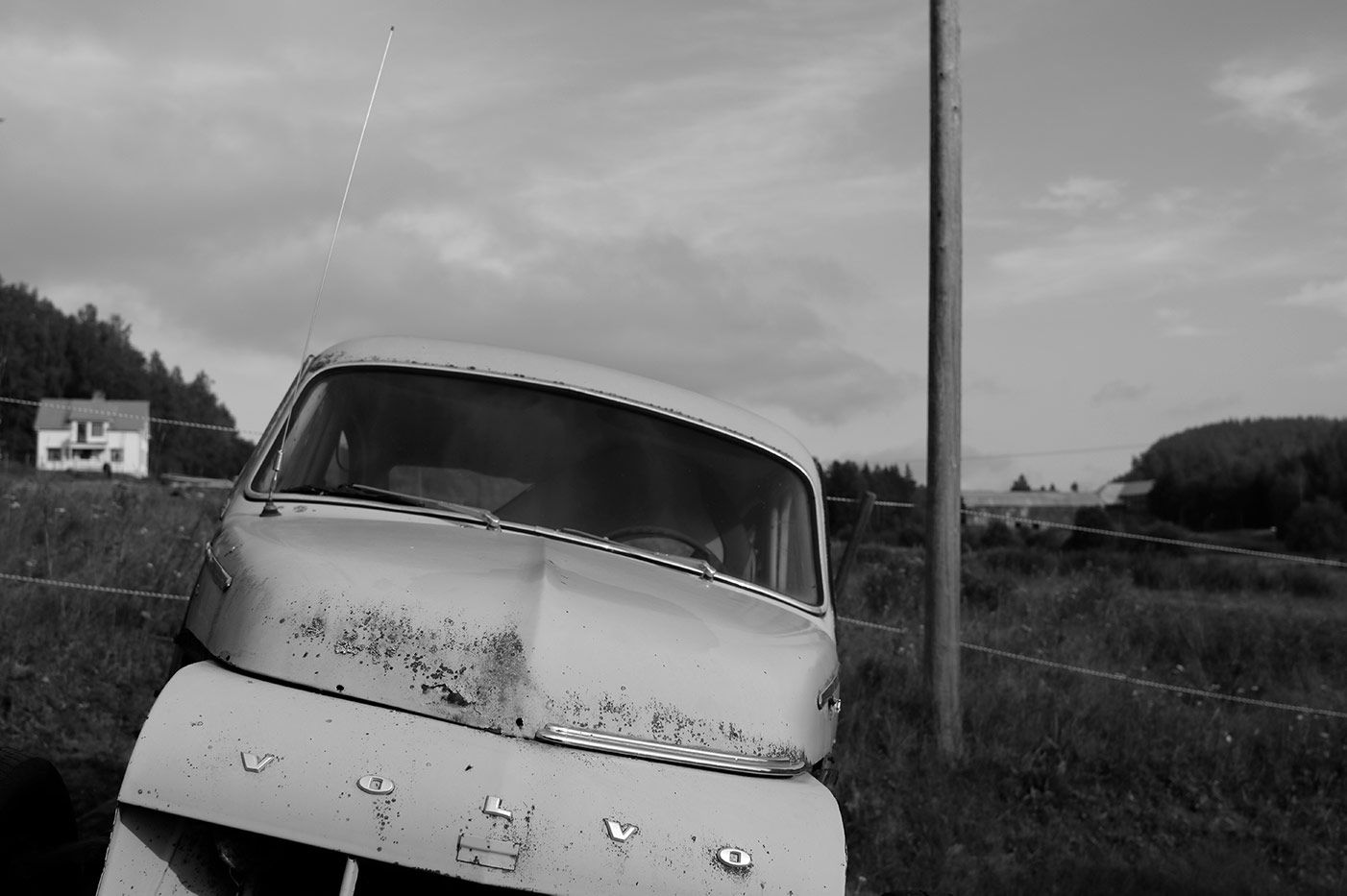
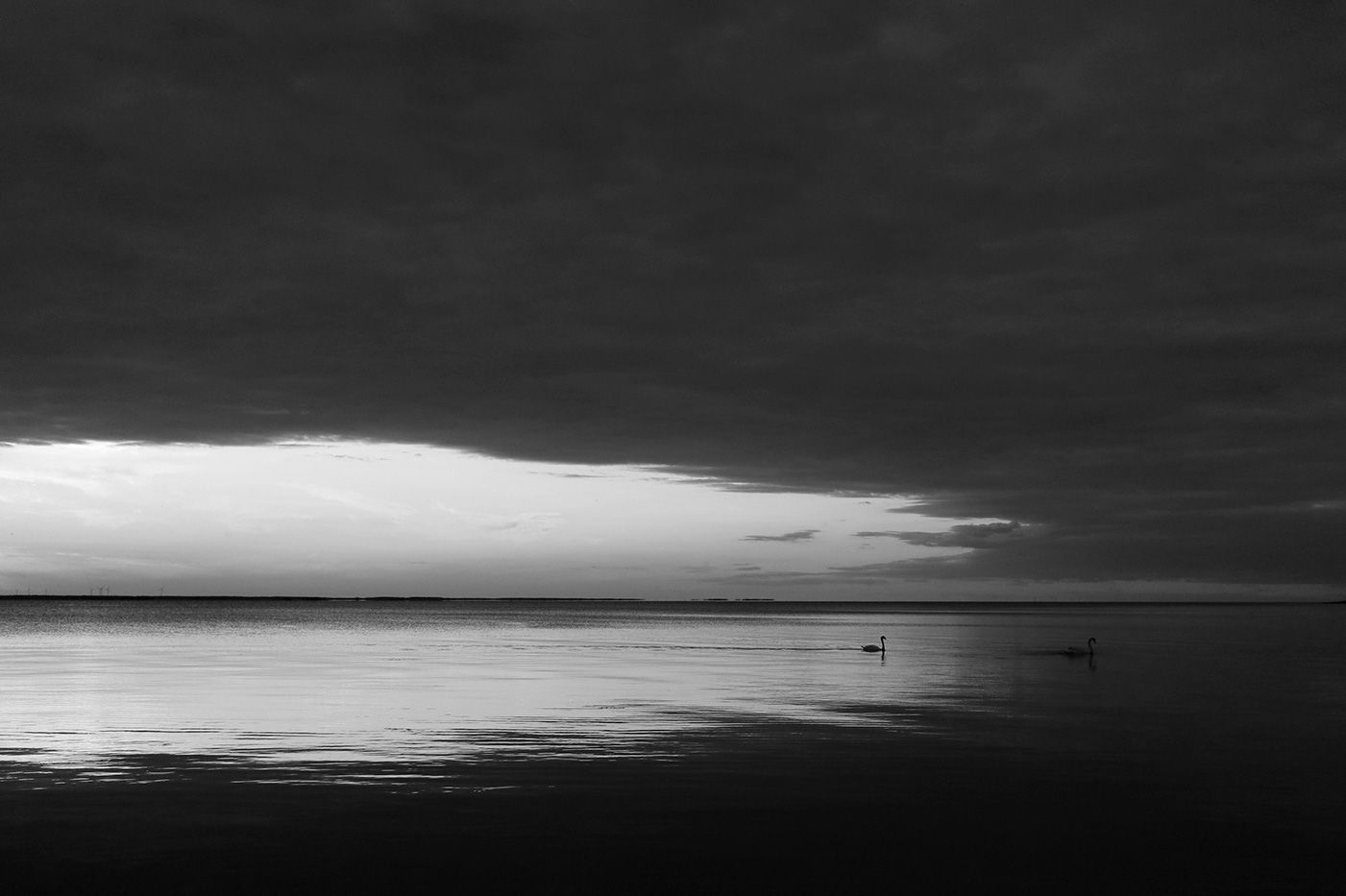
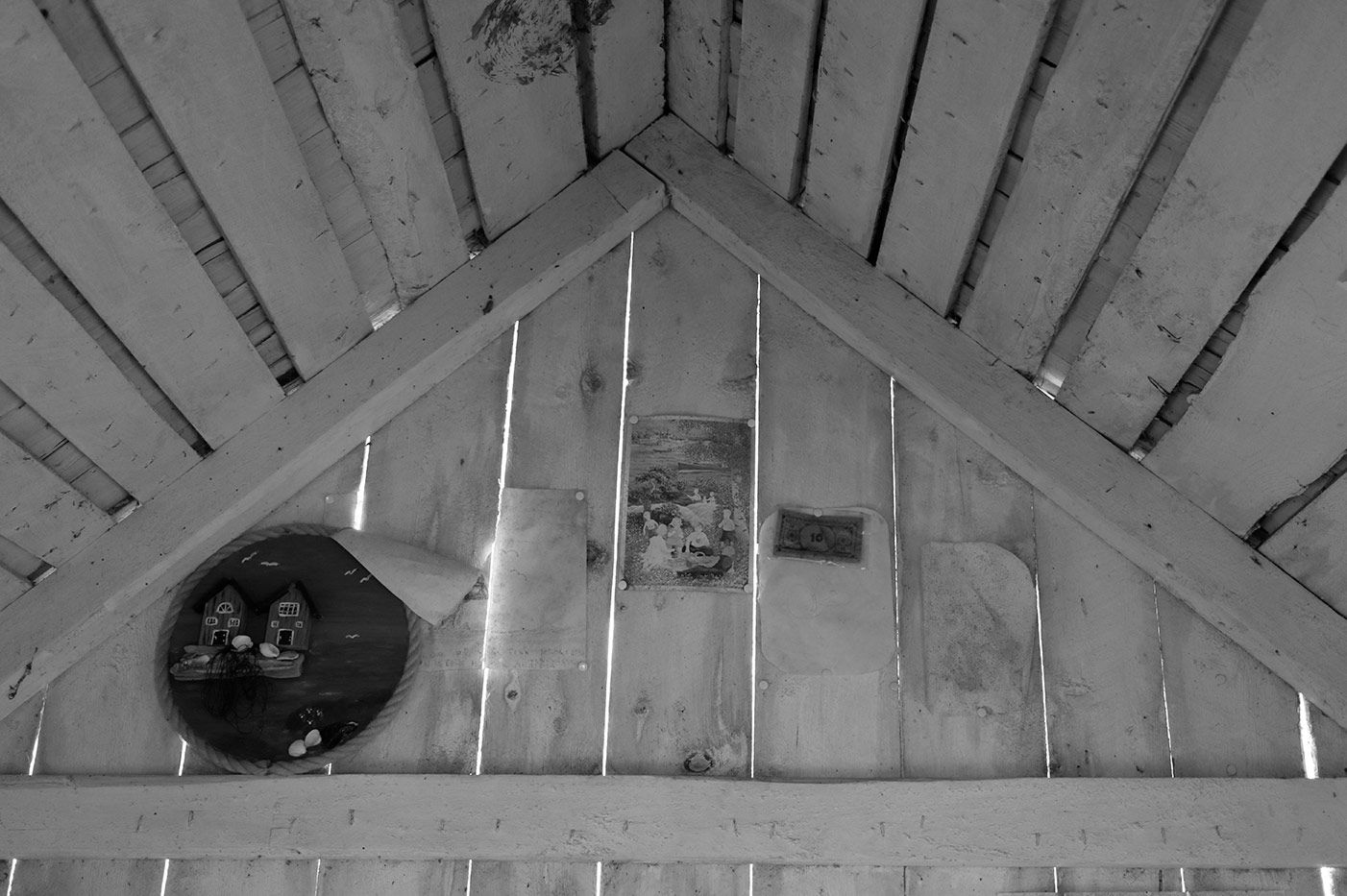
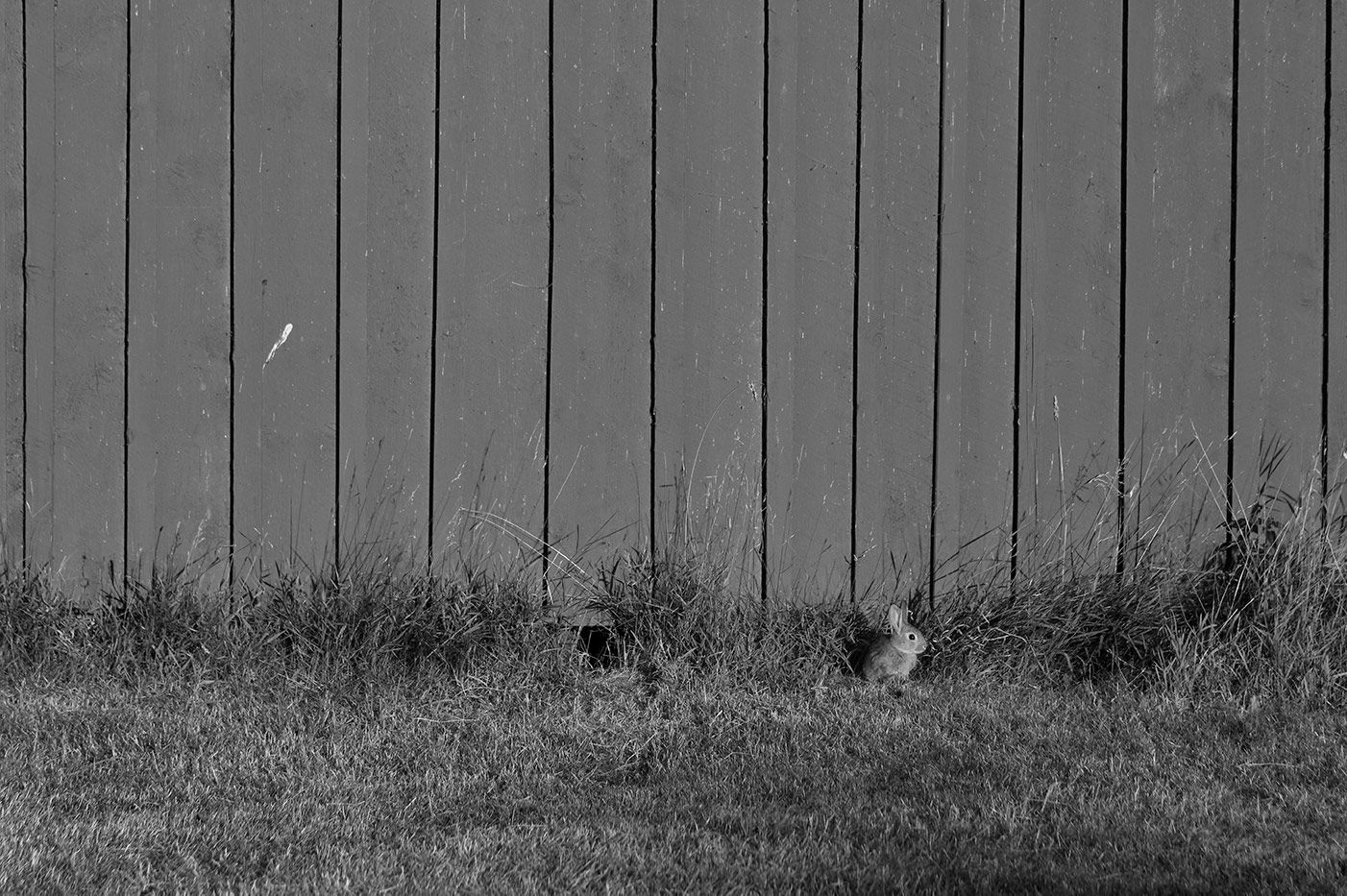
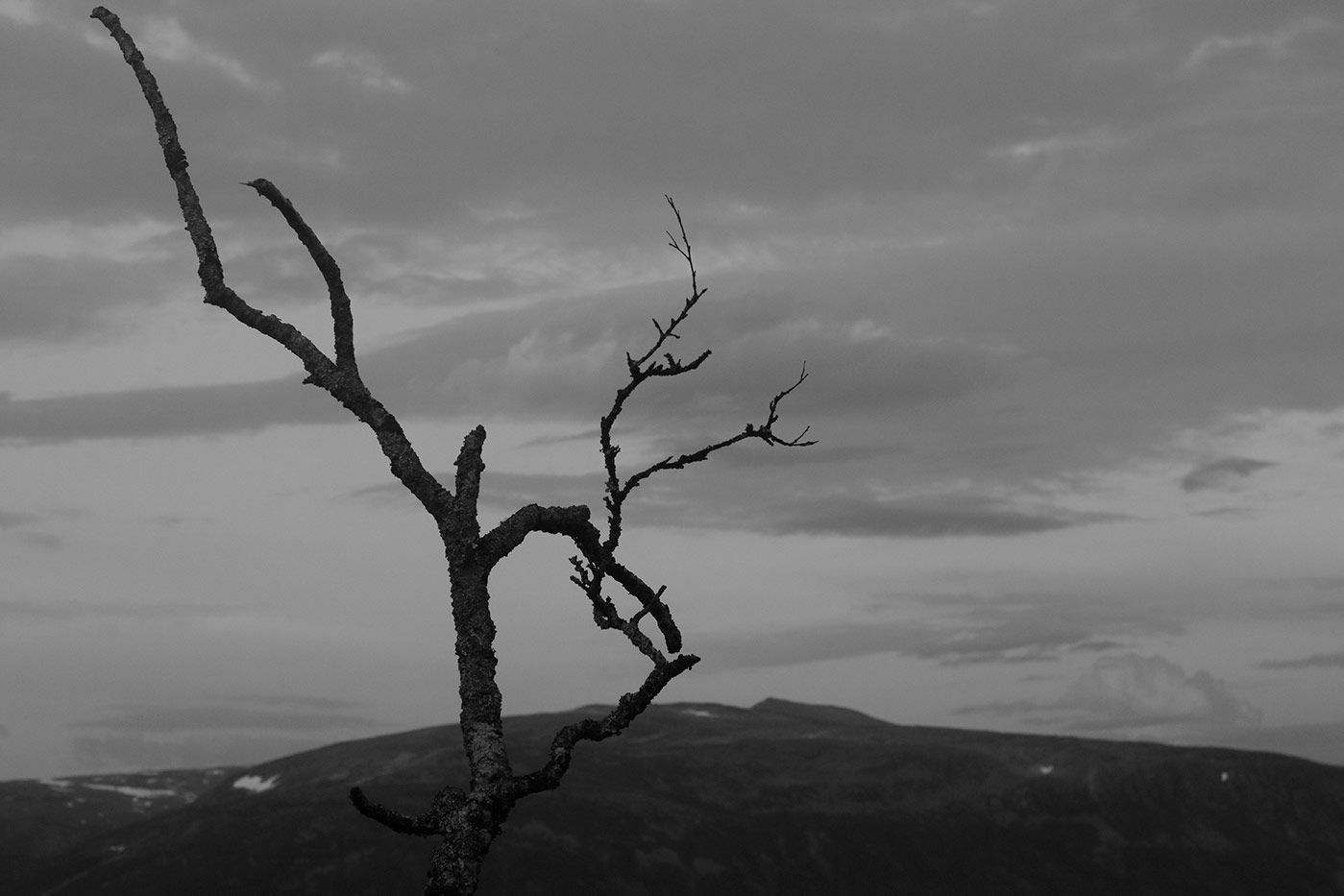
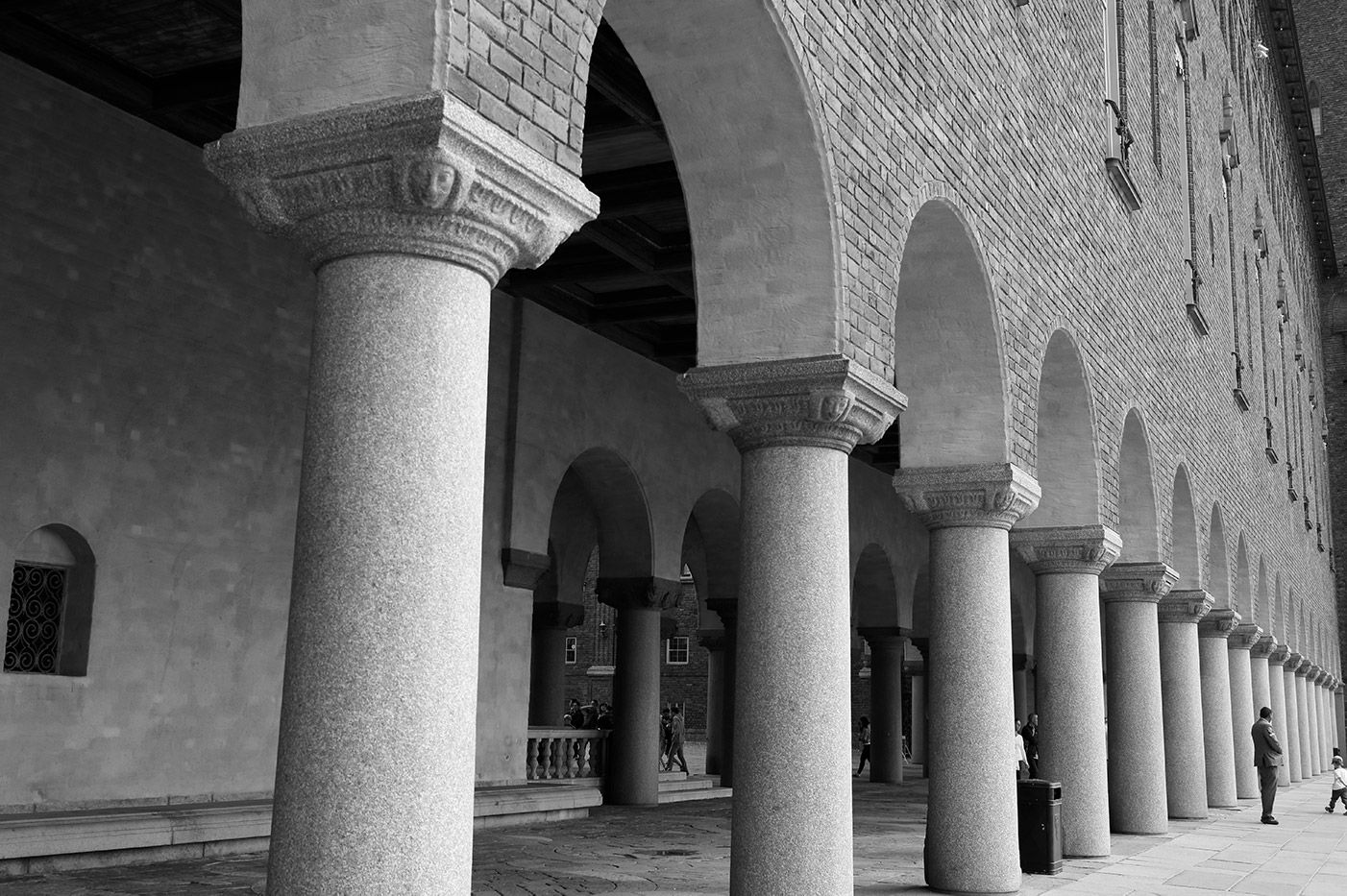
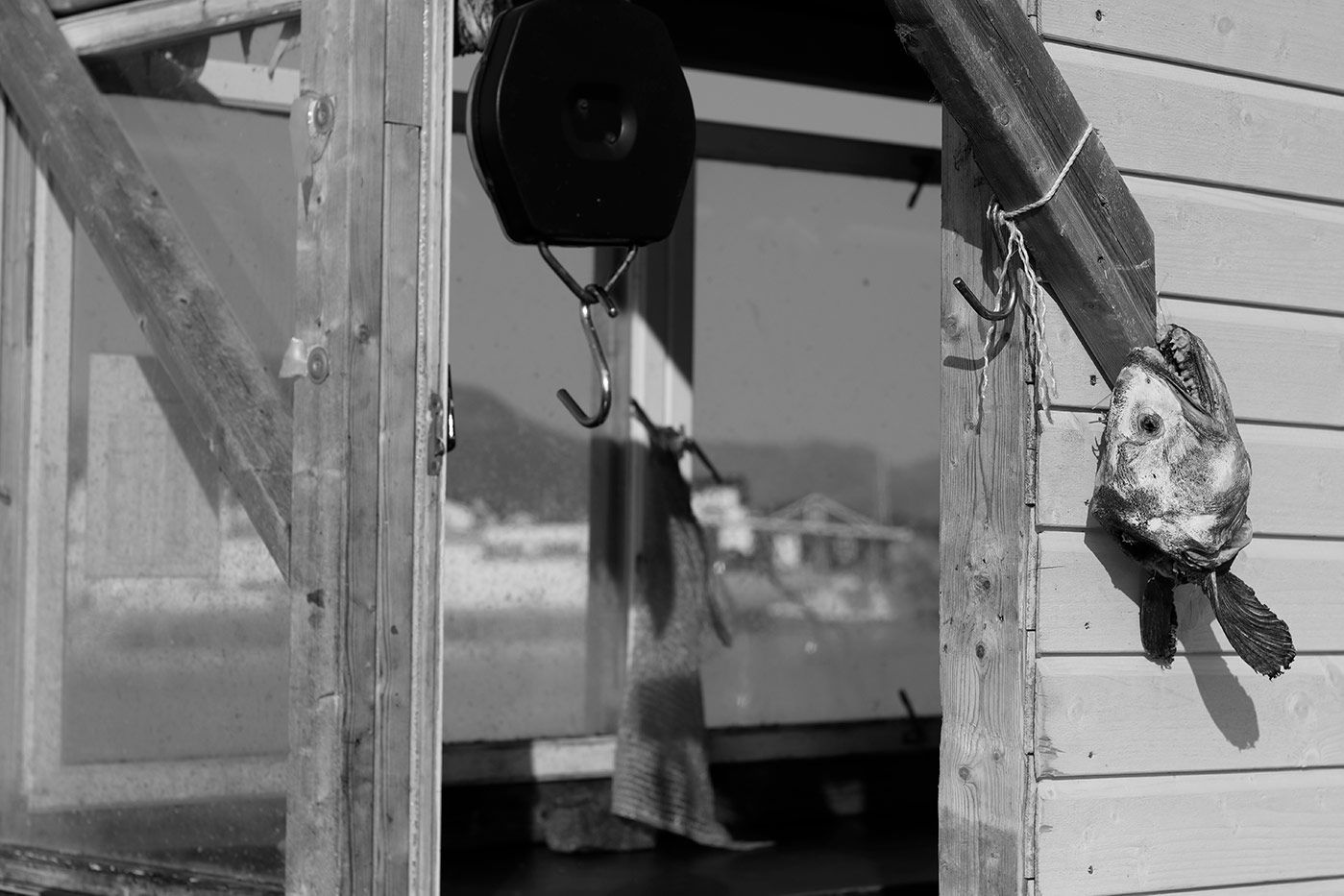
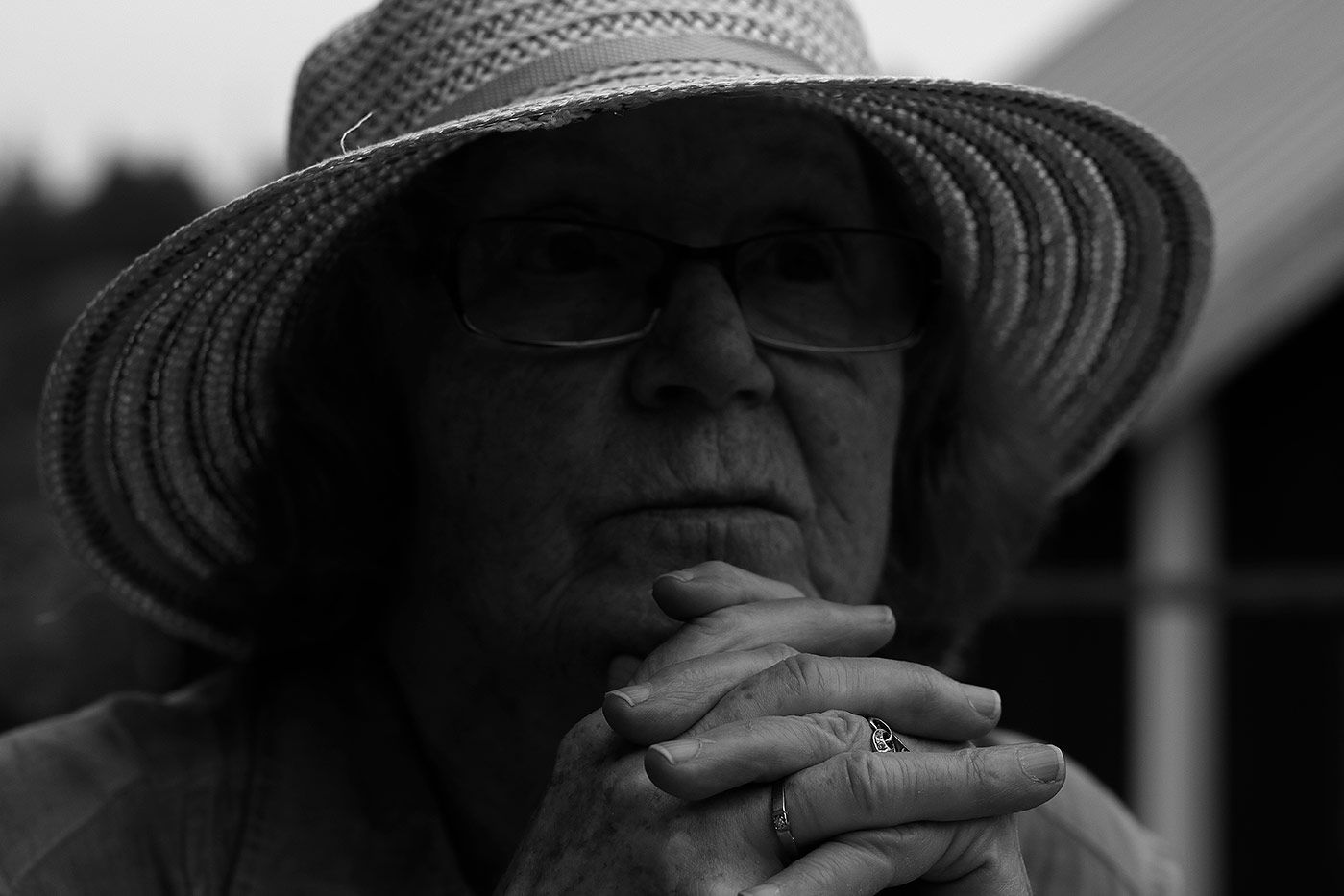
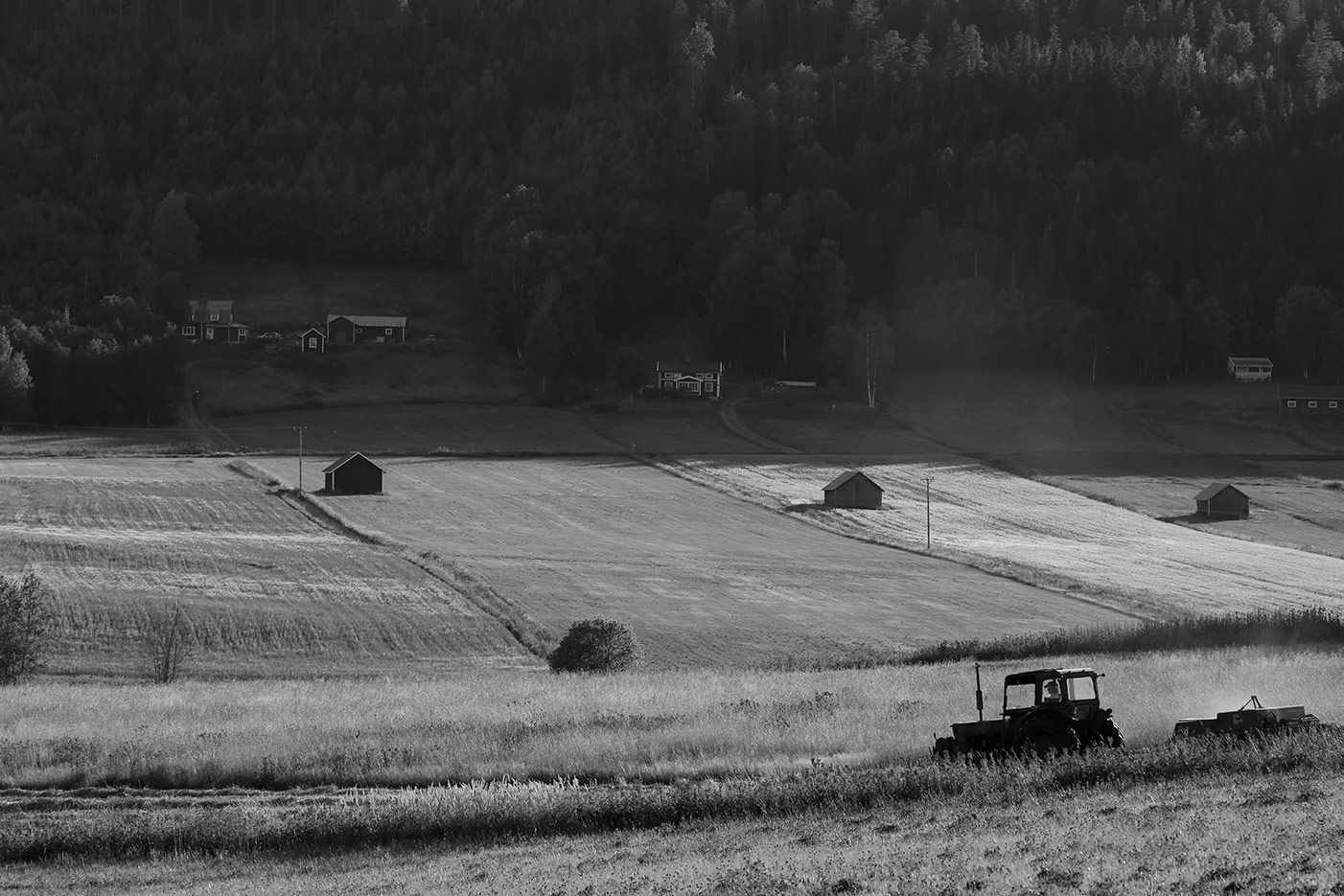
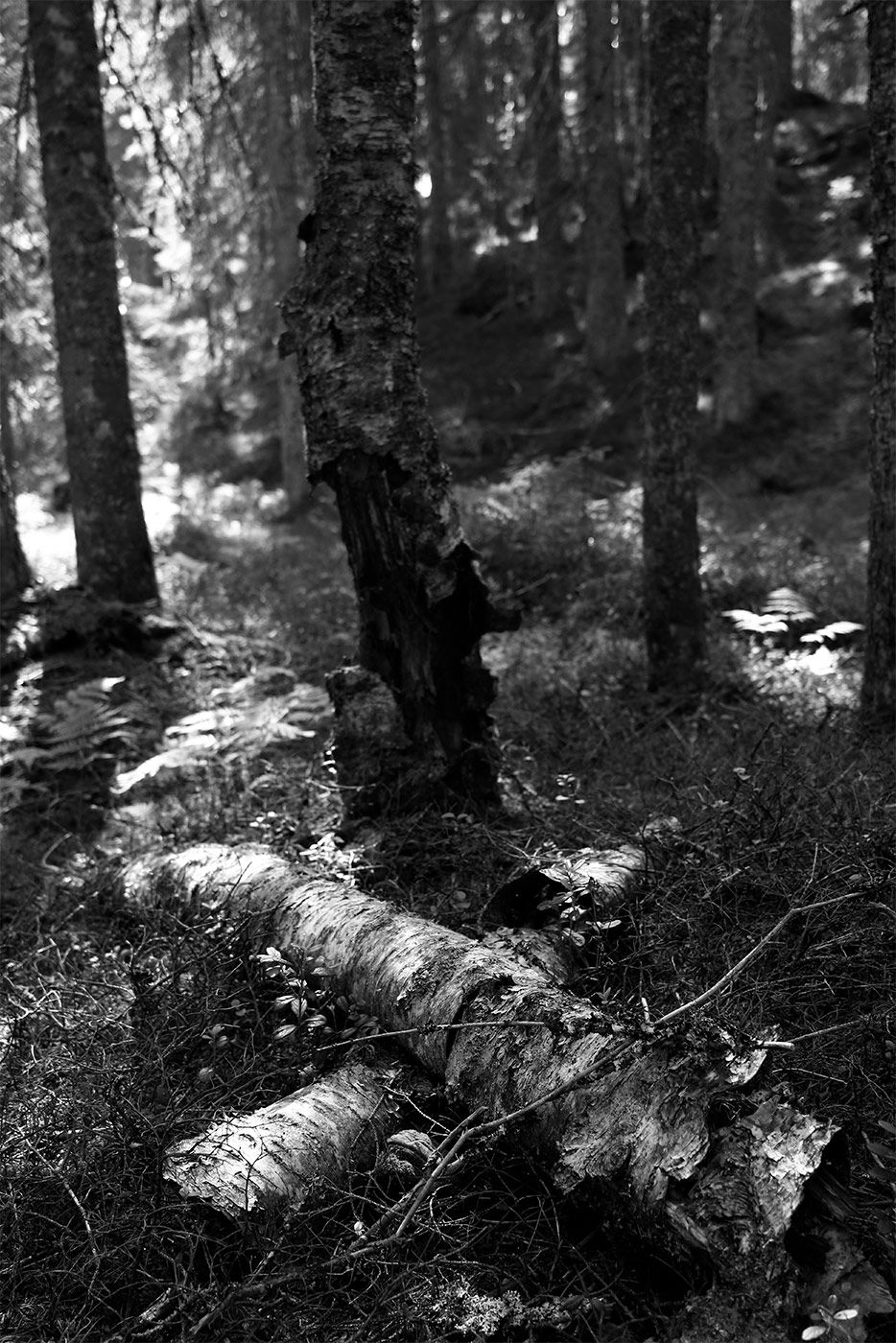
Find this interesting? Consider supporting Viktor Aronsson by signing up for the newsletter.
When signing up you agree to your email being stored for the purpose of the newsletter. To have your email removed, click 'Unsubscribe' in the emails you receive or contact us directly.